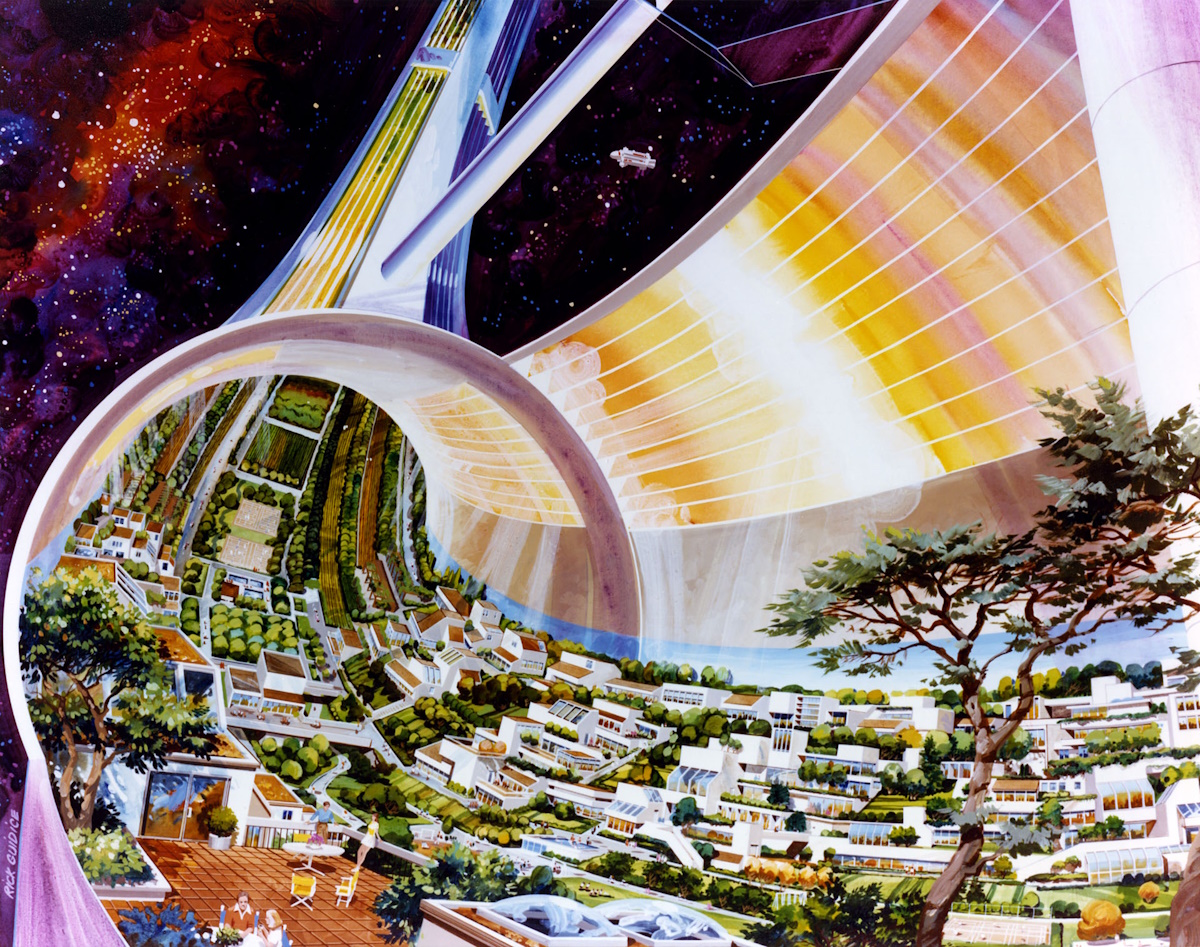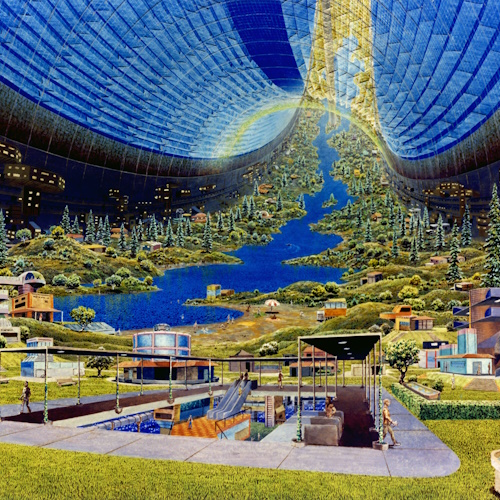I don’t know about you, but I’m really starting to get excited about all the space-related activities that are going on at the moment. I remember the thrill of Apollo 11 and humankind’s first steps on the moon. And I remember the sadness associated with my eventually coming to the realization that the Apollo 17 landing in 1972 would be the last time we visited the moon for a while.
I was excited by the launch of Voyager 2 in August 1977 followed by Voyager 1 in September 1977 (I know… it’s best not to ask). I’ve avidly watched all the Mars Rover missions from their launches to their final communications: Sojourner (which landed in 1997), Zhurong (which landed in 2021), Spirit (which landed in 2004), and Opportunity (which also landed in 2004). And, of course, we still have two active rovers: Curiosity (which landed in 2012) and Perseverance (which landed in 2021—I’m still awed by the Mars helicopter, Ingenuity, which accompanied Perseverance and far exceeded its original design goals).
We’ve sent multiple space probes to comets. Also, the New Horizons interplanetary space probe returned eye-popping pictures of Pluto before heading off to see what it could find in the Kuiper belt. And, more recently, multiple nations have turned their attention back to the moon, with orbiters and landers being sent by America, China, Europe, India, Japan, and Russia… and more.
I read too much science fiction. I’m concerned that our species currently has all its eggs in just one basket in the form of Planet Earth (which we are seriously messing up). I think about previous extinction events, of which there have been five big ones and multiple smaller ones. I worry that we are currently well into the current Holocene extinction, which is being caused by us. And I’m apprehensive about the possibility of other extinction level events (ELEs) that could end life as we know it.
I’m seriously hoping that humanity will establish permanent bases on the Moon and Mars in my lifetime (I’m prepared to wait as long as it takes, with the kind permission of whoever or whatever oversees this portion of the multiverse).
Here on Earth, we live at the bottom of a deep gravity well. The Moon has a much shallower gravity well. Think of the size of the rockets required to lift the Apollo missions from the surface of the Earth into space. Now think of the little rinky-dink rocket that was used to lift the Ascent Stage (the upper portion of the Apollo Lunar Lander) from the surface of the Moon into lunar orbit.
We know there’s water on the Moon. And there’s no shortage of solar energy. Also, there are massive quantities of Helium-3 on the Moon, which could be used to power fission reactors (companies are already talking about establishing lunar mining operations for Helium-3).
If we’ve got water and energy, there’s no limit to what we can do, especially since we know there are substantial quantities of other lunar resources, such as silicon (Si), iron (Fe), magnesium (Mg), calcium (Ca), aluminum (Al), manganese (Mn), and titanium (Ti), to name but a few.
The way I hope to see things going is as follows:
- We establish a permanent base on the moon. My first choice would be that this is an international affair. My second choice would be a collaboration of freedom-loving countries, as opposed to repressive regimes or countries ruled by psychotic lunatics.
- We start mining and refining lunar resources, launch them into lunar orbit (possibly using electromagnetic catapults of the type described in The Moon is a Harsh Mistress by Robert Heinlein), and use them to build proper full-up space stations (of the type seen in 2001: A Space Odyssey), starting with one orbiting the Moon and another orbiting the Earth.
- Using materials mined and refined on the moon, we also start building space habitats (a.k.a. space cities or space colonies) like O’Neill cylinders at the L1, L2, L4, and L5 Lagrange points.
- We establish a colony on Mars—possibly starting with a base on one of the Martian Moons, Phobos and Deimos. Personally, I think it would be best to wait for points (1) and (2) and then do this in parallel with point (3), but I’m happy to “go with the flow” on this one. Another thought would be to build a full-up space station as in point (3), and then send it on a slow (low acceleration) voyage to Mars.
- We establish bases on the biggest objects in the asteroid belt (like Ceres and Psych) and start mining and refining resources there, eventually using these as bases to head out to explore the Jovian moons. (Suddenly, the Asteroid Mining courses offered by the Colorado School of Mines don’t sound quite so far-fetched, do they?)
The way I expect to see things going is a different matter, but I won’t burden you with my fears (or my thoughts about various governments who couldn’t govern themselves out of a paper bag).

Artist’s impression of an O’Neill cylinder (Source: NASA Ames Research Center)
Yes, of course I’m thinking of TV programs like Deep Space Nine and Babylon 5, along with films like Elysium. I’m looking at the image above and trying to decide where I’d like to live.
I’m also thinking about my column from last year: We’re Going Back to the Moon (and LDRA is Helping to Get Us There)! The gist of that column was the news that LDRA had been endorsed by NASA as the official verification tool employed by many of the vendors supporting the Artemis project.
The reason for my waffling—the inspiration for this column—is that I was just chatting with Jim McElroy from LDRA. Jim’s official title is VP of Marketing and Sales, but he’s a Computer Scientist by trade, so he’s alright with me!
As you may recall, LDRA is a worldwide organization that’s been around for over 40 years. The folks at LDRA are very much focused on functional safety and security, and they have contributed extensively to a wide variety of industry standards in these areas. LDRA’s key claim to fame is automating software verification, requirements traceability, and standards compliance. They are experts in safety-critical and security-critical software, so it’s little wonder their tools are employed by industries such as automotive, aerospace, defense, energy, industrial, medical, and transportation.
Jim was kind enough to bring me up to date with the latest and greatest happenings at LDRA, including the recent announcement pertaining to four new security-first capabilities in the LDRA tool suite: security vulnerability reports, security audits, security reviews, and taint analysis. Each of these capabilities digs deep into identifying and remediating critical security vulnerabilities that impact today’s complex and connected embedded software applications.
I bet I know what you are about to say, which is, “What’s taint analysis?” The reason I say this is that it was one of the first things I asked Jim. It turns out that taint analysis provides users with the ability to understand how tainted data—that is, data that simply cannot be trusted—may flow through their systems and affect their applications.
Jim says that the great thing about all this is that, unlike other software verification, traceability, and standards compliance tools (the using of which makes one’s eyes water and one’s brain ache—I added this bit myself), the LDRA tool suite simplifies analysis results using accessible user-experience techniques to help developers understand the results and integrate them into their DevSecOps processes.
Understanding and prioritizing analysis results can require skills development teams don’t have and consume more time than development teams can afford. This often leads to them taking shortcuts that may compromise the security of their embedded systems.
The new capabilities of the LDRA tool suite improve analysis effectiveness and reduce developers’ workloads for critical systems in aerospace, defense, automotive, industrial controls, and medical devices. Combining security vulnerability reports, security audits, security reviews, and taint analysis gives embedded software teams powerful ways to identify vulnerabilities earlier in the lifecycle and support DevSecOps practices.
All I can say is that I’m glad I’m a hardware guy because the software side of things is starting to scare me. I’m just happy that the software guys and gals have technologies like the LDRA Tool Suite at their disposal. What say you? Do you have any thoughts you’d care to share on any of this?





